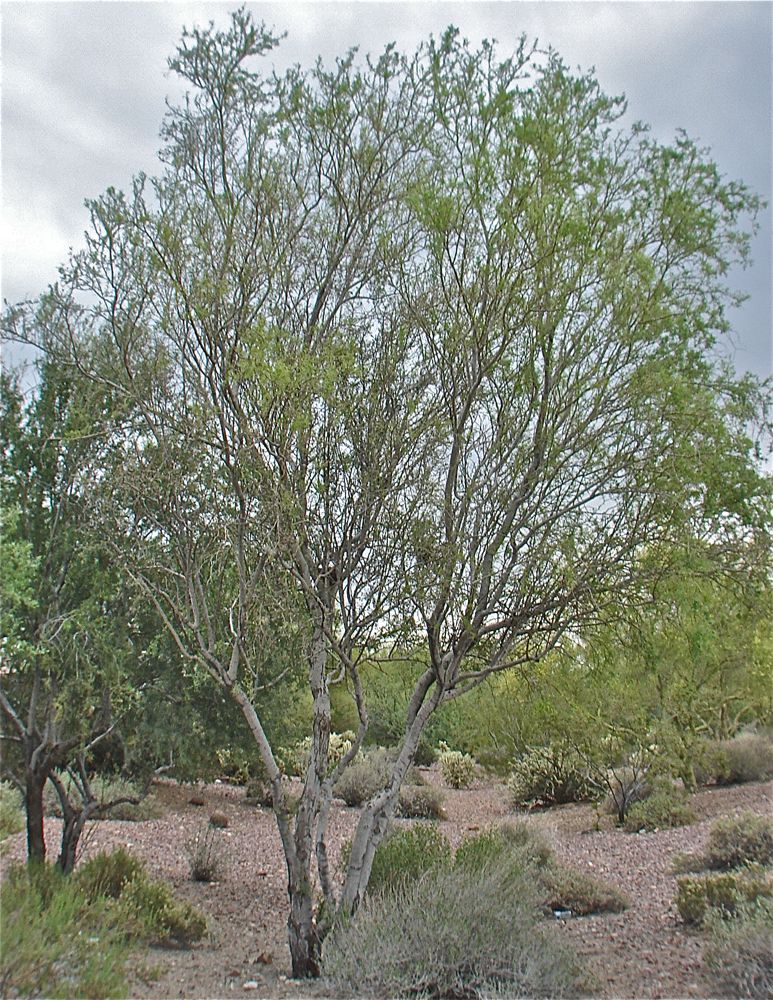But it can be "too old".
We were doing an event at Colonial Williamsburg. We were told the wood was piled next to the Guard House. (Well it hadn't been piled at all, as it hadn't arrived.) The only wood at the Guard House had been stacked for years, it was very dry and very gray. The wood was stacked about navel high, and was actually used to help control foot traffic as it was a very long stack, that formed a sort of wall. We asked several times, since we thought "They can't mean to use that; it looks like that's some sort of wall." Well CW staff kept telling us "Your wood is next to the Guard House." OK..., <shrug>... so we burned some of it in our cooking fires...
Man that stuff went right to white ashes. We had to keep feeding the fires. Might've been great for making lye soap but not for forming cooking coals.

After dark, CW realized "ooops" and delivered the proper wood that was only about 9 months old. The stuff we had burned was several years old. NO idea why you'd leave that stuff like that near historic buildings. It lit very quickly.

Explains why old barns, especially with a few old layers of oil based paint, go up in spectacular fashion when they burn.....
LD







